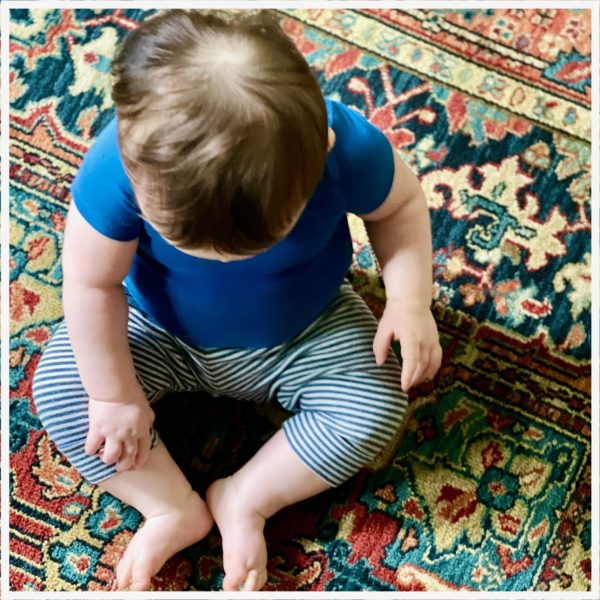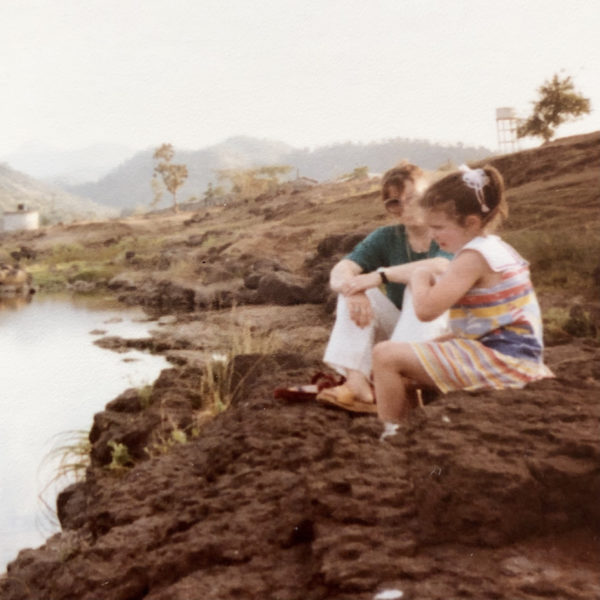Dear friends,
It was born a couple of weeks ago: the idea for a new novel. I was sitting at my kitchen table, chatting with a couple of friends when I felt it appear. It wasn’t a dramatic moment, but it was a very clear one. It rustled.
“Ah,” I thought. “It’s arrived.”
I knew almost nothing about this newborn, though, because I couldn’t see it yet. It was born in the shed.
The shed
I have a shed inside me where my creativity lives. It sits in the backyard of my self; it’s a bit ramshackle, built of wood and corrugated iron and probably put together by whoever lived here last. You might have something similar, although yours might be more like a theme park, a theater, or a cave in a rock face.
I value my shed very highly, but I’ve never been inside it. I just recognize the rustlings.

Here’s what it feels like: suddenly, something is moving around somewhere inside me. It feels as though parts of my body are very slightly displaced by it. But because the idea hasn’t taken its final form yet, it kind of morphs and pulses inside me. It’s very new.
The Khoisan people of the Kalahari Desert have a sacred text that describes “a kind of tapping, or presentiment” (source) to describe the coming of the year’s hunting.
“We have a sensation in our feet, as we feel the rustling of the feet of the springbok.”
It’s all about the rustling.
What my brain wants
The first thing I want to do when my rustling comes is to run straight into the shed. I want to meet the baby, to take this little creature in my arms and cuddle it. I want to see how many legs it has, and how many eyes. Mostly, I’m just dying to know what it is.
This is the brain weighing in, of course. Earnest and a little bossy, my brain firmly believes that this is a moment for discipline. It wants to seize the fresh little idea and interrogate it.
What ARE you, anyway? And what is that, exactly? What are you going to grow into? How can I make you grow faster, and better, and in a way that will appeal to the widest possible market?
The brain, of course, is sure that it is the one best suited to foster the idea into reality.
But it’s not.
It’s really not.
What I’ve learned by living this way for a while is that the creature in the shed is not ready for me yet. If I go barging in right now, this sweet baby is going to become terrified, and—I’ve gotta be honest with you, folks—there’s a good chance the little critter will actually die.
Receptivity and play
My brain is right about one thing: this is a time for discipline. But it’s such a different species of discipline.
A lot of this phase is about waiting and staying receptive, which is torture for the brain. But it’s what the creature in the shed really needs. So I have to put my bossy brain on ice and instead, start listening to my body.
I can feel the idea growing as I embrace waiting. Every now and then there will be a bit of movement and I’ll learn something new, like Well, it definitely has feet.
Then I get to start playing. But STILL I don’t get to go in the shed.
For me, playing with the baby idea—even while it’s still sequestered—tends to mean asking the creature a series of “What if…?” questions.
What if these two characters are reluctantly thrown together by their shared objective? What if it’s all set in the Lower East Side of Manhattan?
Want to play?
Asking the body
I know the story idea is ready to play when it starts answering these “what if” questions. It speaks its answers in my body, because that’s where it lives. (Must… not… listen… to… brain!)
If the idea likes my “what if” suggestion, the rustling increases. I’ll feel a twitch of excitement, a glow of warmth, or a jolt of enthusiasm. On the other hand, if the gambit I’ve offered isn’t a good fit for this idea, there’ll be a stillness within the shed, or I’ll even feel a slight reduction in my physical energy.
What I need to remember now is that the story already knows itself. It’s trying to find a teller.
The truth about discipline in creativity
When creativity is new, it’s shy. It’s easily spooked. Nevertheless, there is a specific kind of discipline that I can use to help my idea grow from a helpless newborn to a vivacious toddler. And that’s what I need to do right now.
Here’s how it goes.
I create a container. An area where my creature can play once it’s strong enough to leave the shed. A place and a time in the real world (outside my shed), which I can dedicate to keeping the idea safe and nourished.
Now my brain can come online. I give it the job of making the container, and creating whatever parameters are required for a firm commitment.
Then… I show up and see what happens. I listen for updates, I stay playful, and I trust in the perfection of whatever shows up (or whatever doesn’t). I refuse to engage in force or coercion.
Here’s what I personally need for this creative container:
- A commitment to caring for my idea as it grows,
- Accountability for the commitment, and then
- A soft atmosphere—one that’s gentle, patient and kind.
Recently, I found this when I joined a virtual coworking program. I showed up on Zoom a couple of times a week, and somehow the alchemy of making stuff within a group of silent, creative human beings worked for me. It was as if the shed door had started to open.
When the coworking program came to an end, I eagerly asked the organizer if they would be offering another one. The answer was no—with this addendum: “Why don’t you start your own group?”
And maybe I’ll do that someday.
In the meantime, if your new creative ideas are as fragile as mine, remember: don’t hunt down the next step. Instead, listen.
It’s just a baby!

Have a great week, gorgeous people!
Love, Ro
This article originally appeared on Rowan’s Wild Inventures substack newsletter. To subscribe and get all Rowan’s posts in your inbox, head over to Wild Inventures on substack now.





Leave a Reply